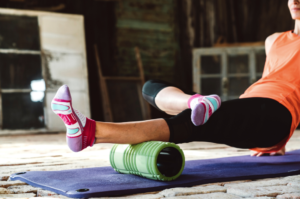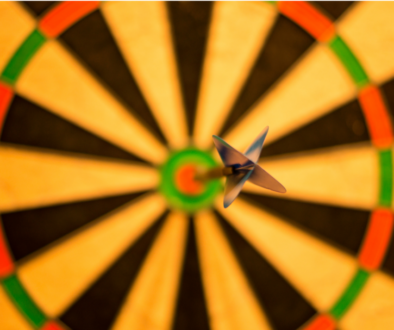10 Tips for Recovering From Your Workouts
 You’re working out, training hard, and getting after it. Great job! But how’s your recovery? Recovery is as important to your goals as the other metrics you’re tracking, like your heart rate during cardio and your weights during strength training. If you want to reach your goals while avoiding burnout and potential injury, make sure you’re recovering from your workouts.
You’re working out, training hard, and getting after it. Great job! But how’s your recovery? Recovery is as important to your goals as the other metrics you’re tracking, like your heart rate during cardio and your weights during strength training. If you want to reach your goals while avoiding burnout and potential injury, make sure you’re recovering from your workouts.
Here’s how:
1) Stay hydrated daily. Drink 100oz of water every day. If you’re sweating during your workouts or if you’re bored with plain water and you want some healthy minerals, add electrolytes like Ultima to your water.
2) Have a post-workout meal with a full serving of protein and creatine. A supplement like Sunwarrior is a great way to get some quick protein. After a workout, your muscles are ready to soak up creatine so you’ll have energy to build muscle and strength in subsequent workouts!
3) Spend 5-10 minutes cooling down after workouts with stretching and/or self-myofascial release with tools like the foam roller or a massage gun.
Pro-Tip: Stretch after cardio when your muscles are warm and pliable. Do self-myofascial release after strength training to reduce tension.
4) Get adequate sleep every night (7-9 hours). The harder your workouts, the more sleep you’ll need. A good night’s sleep starts in the morning. Wake up at the same time every day, get out in the sunlight first thing (ideally for a walk), keep meal and workout times consistent, and have a nighttime routine. The 3-2-1 rule at night is a great foundation: 3 hours before bed no food, 2 hours before bed no work (or anything possibly stress-inducing or stimulating), and 1 hour before bed no screens.
5) For every 2 to 4 days of hard training, have 1 active recovery day (like Flow Yoga or Pilates).
Suggested schedules: Day 1 Full Body Strength, Day 2 Cardio, Day 3 Yoga, Day 4 Full Body Strength, Day 5 Cardio, Day 6 Pilates, Day 7 Long walk and/or Mobility. OR Day 1 Lower Body Strength, Day 2 Upper Body Strength, Day 3 Cardio, Day 4 Pilates, Day 5 Full Body Strength, Day 6 Cardio, Day 7 Yoga.
6) Don’t skip corrective exercise, mobility work, and/or therapy exercises you know you need to do to. If you have an issue (pain, past injury, misalignment, or muscular imbalance) and you’ve received suggestions for specific exercises you need (from a trainer, Physical Therapist, or Chiropractor), do them! Make them part of your warm-up, save time to do them at the end of a workout, or do them on lower-intensity mobility days.
7) Indulge in the feel good stuff. If you love massage and bodywork, sauna or steam room, spa days, reading a book, or strolling on the beach, periodically enjoy these self-care treats!
Pro Tip: A treat is different from a reward because you don’t have to earn it! Read more about treats vs rewards here.
8) Decompress and manage stress with Restorative Yoga, meditation, breath work, and/or energy healing. These types of practices help us recover from, and better prepare for, life stressors. If you’re completely burnout from life, workouts are no longer a beneficial stressor on the body. Instead your workouts are like throwing gas on the fire. Turn down those flames with yin practices so your body can receive the benefits of training.
9) Fill your cup with activities (and people) you enjoy: vacations, date nights, coffee with a friend, volunteering, gardening, hobbies, animals/pets, new adventures. After all, you’re not exercising to get good at exercise. You’re exercising so you can live the life you want. Remember your ‘why’ and make time for exercise but never let it take priority over what you value most.
10) Always work on self-improvement and personal development with therapy or counseling, reflection, journaling, and reading. If you are attending to your whole-self, you’re a lot less likely to overdo it with fitness.
What are you missing from this list? Come up with a plan for yourself that includes exercising and recovering.
Remember – Train hard, recover harder!
This post contains Amazon affiliate links.



